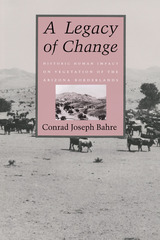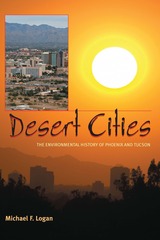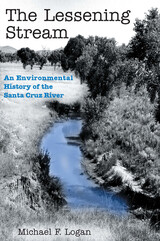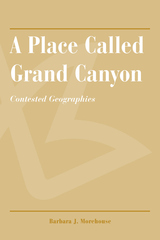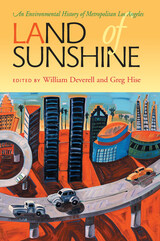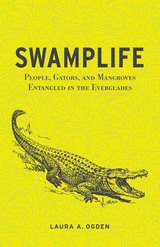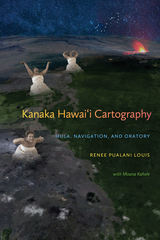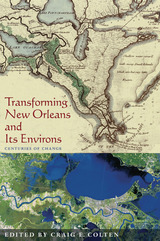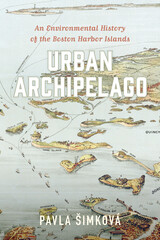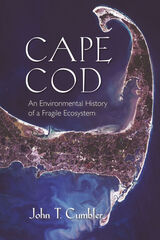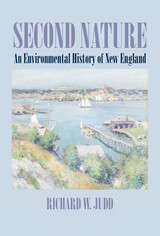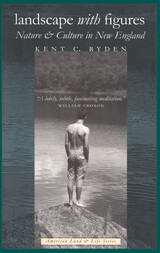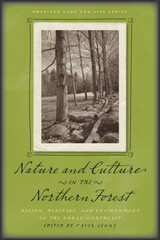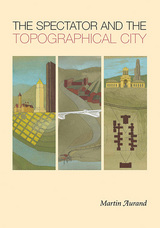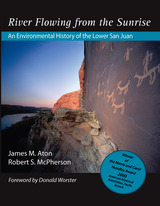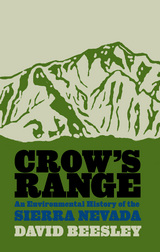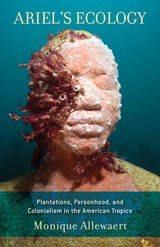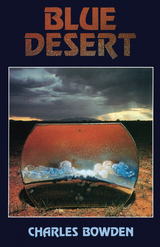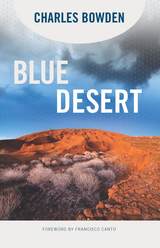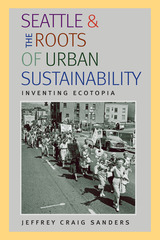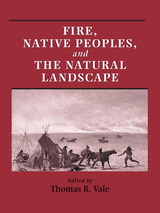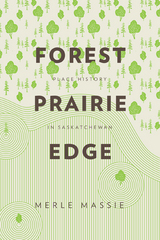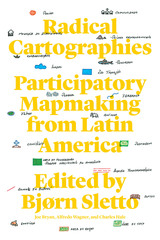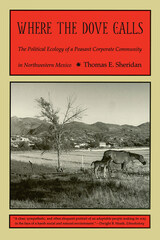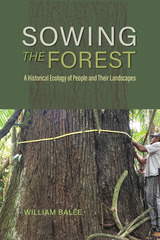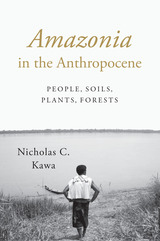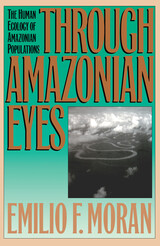Cloth: 978-0-8229-4288-7 | Paper: 978-0-8229-6276-2
Library of Congress Classification GF504.P46A87 2006
Dewey Decimal Classification 304.230974886
The Spectator and the Topographical City examines Pittsburgh’s built environment as it relates to the city’s unique topography. Martin Aurand explores the conditions present in the natural landscape that led to the creation of architectural forms; man’s response to an unruly terrain of hills, hollows, and rivers. From its origins as a frontier fortification to its heyday of industrial expansion; through eras of City Beautiful planning and urban Renaissance to today’s vision of a green sustainable city; Pittsburgh has offered environmental and architectural experiences unlike any other place.
Aurand adopts the viewpoint of the spectator to study three of Pittsburgh’s “terrestrial rooms”: the downtown Golden Triangle; the Turtle Creek Valley with its industrial landscape; and Oakland, the cultural and university district. He examines the development of these areas and their significance to our perceptions of a singular American city, shaped to its topography.
See other books on: Aurand, Martin | Pennsylvania | Pittsburgh | Spectator | Urban ecology (Sociology)
See other titles from University of Pittsburgh Press

